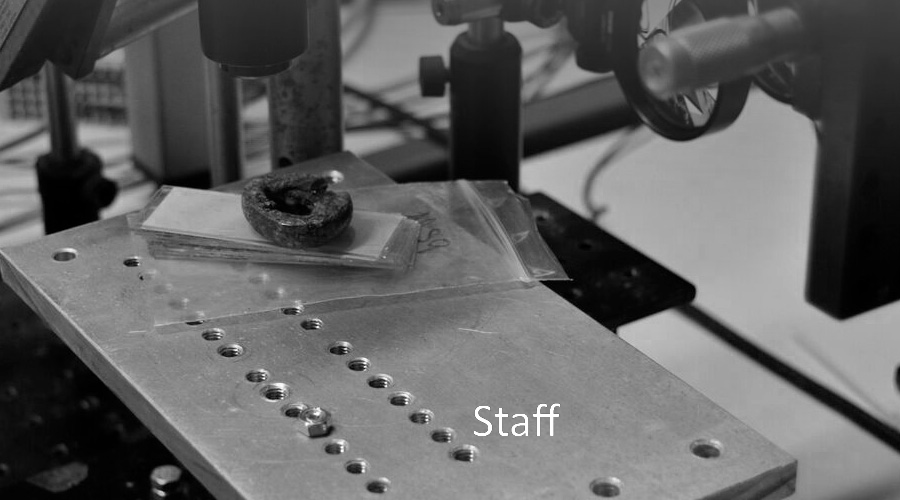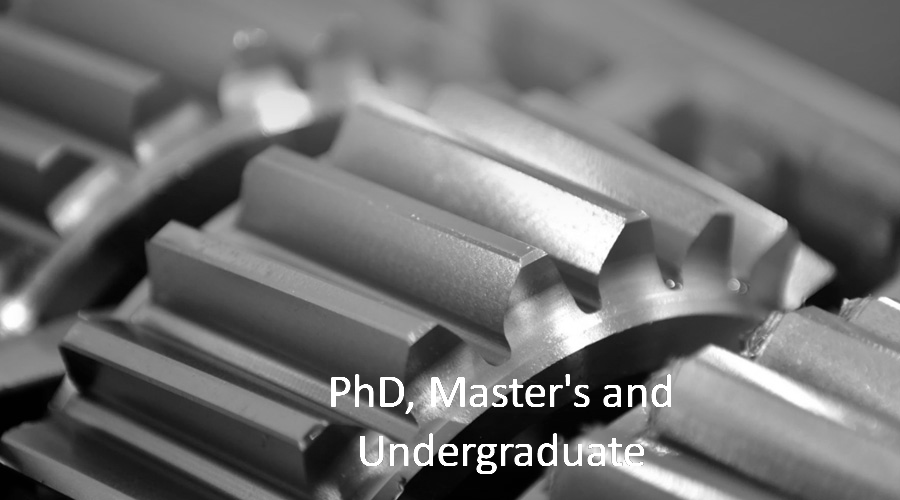
Prof. Nerea Bordel Principal Investigator. Full Professor at University of Oviedo.More Info Contact Prof. Jorge Pisonero Co-Principal Investigator. Full Professor at University of Oviedo.More info Contact Dr. Cristina González Assistant Professor at University of Oviedo.ResearchGate profile Contact Dr. Jaime Orejas Assistant Professor at University of OviedoMore info ResearchGate profile Dr. Luis Javier Fernández-Menéndez Assistant Professor at University of Oviedo.ResearchGate profile Contact Dr. David Blanco Fernández Department of Construction and Manufacturing EngineeringMore info ResearchGate profile Dra. María Antonia Cepedal Hernández University of Oviedo – Faculty of Geology – Department of GeologyC/ Jesús Arias de Velasco s/n, 33005 Oviedo, SpainContact


